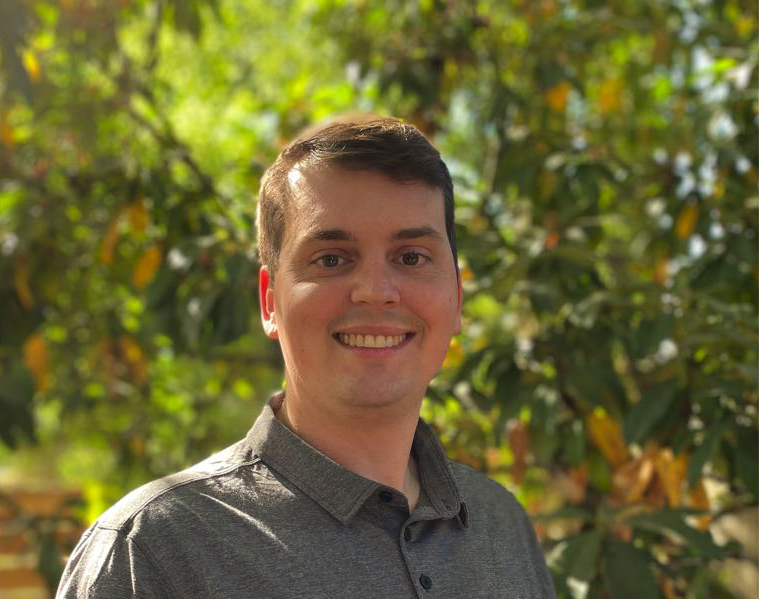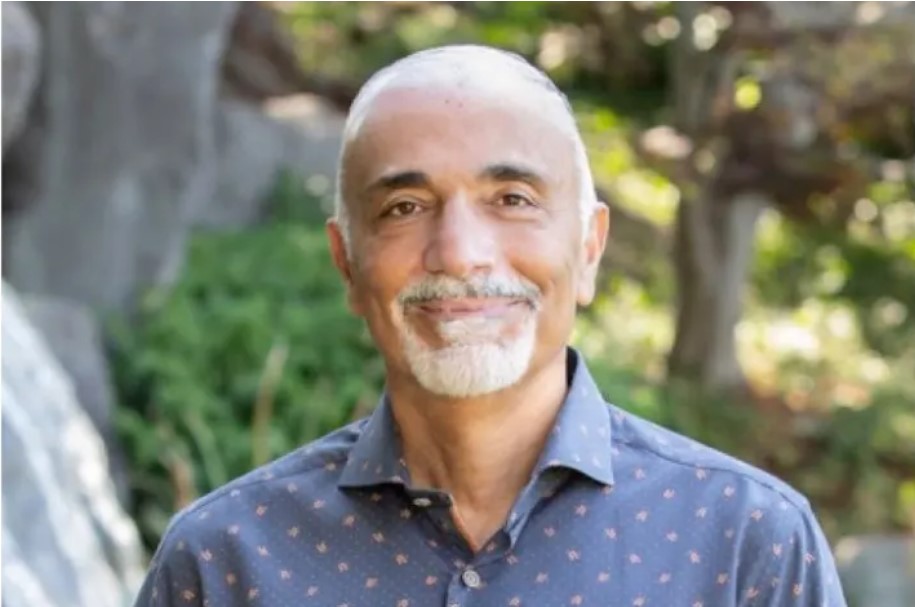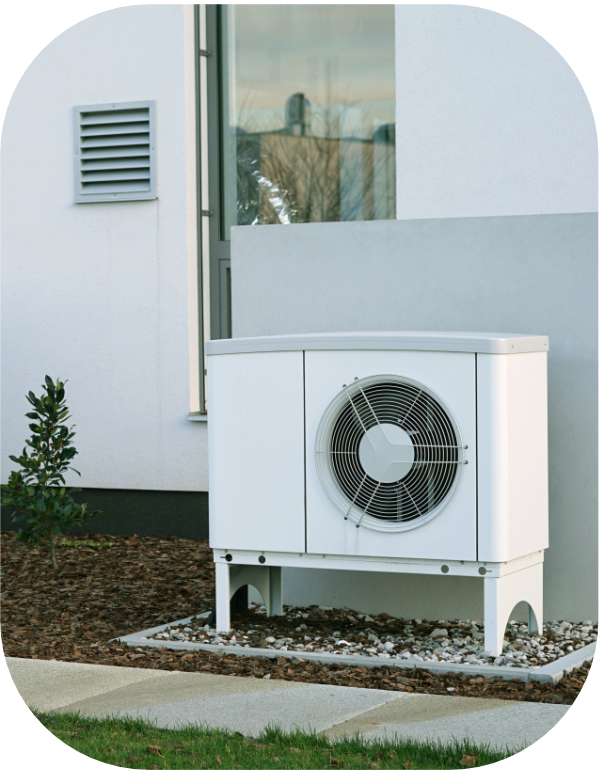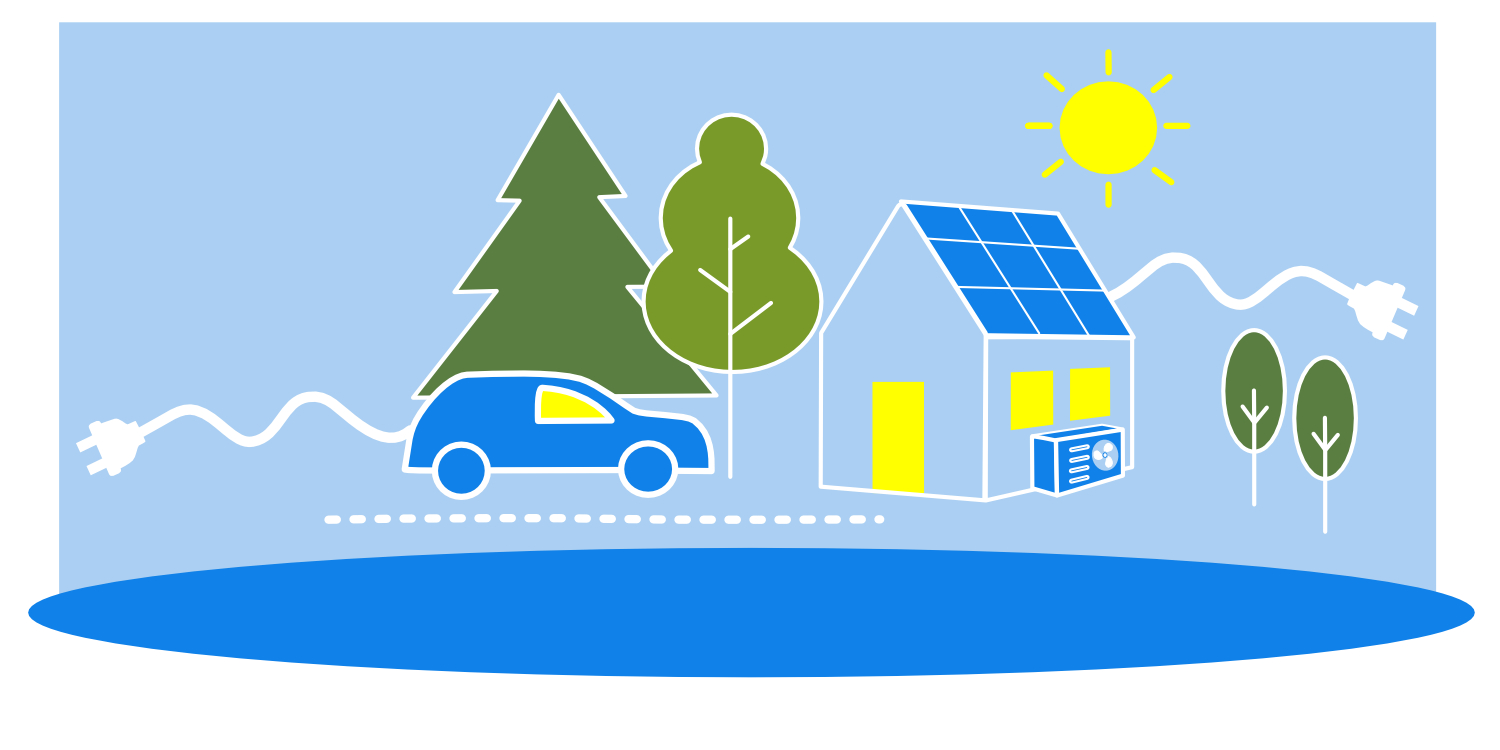Trudy Corrigan
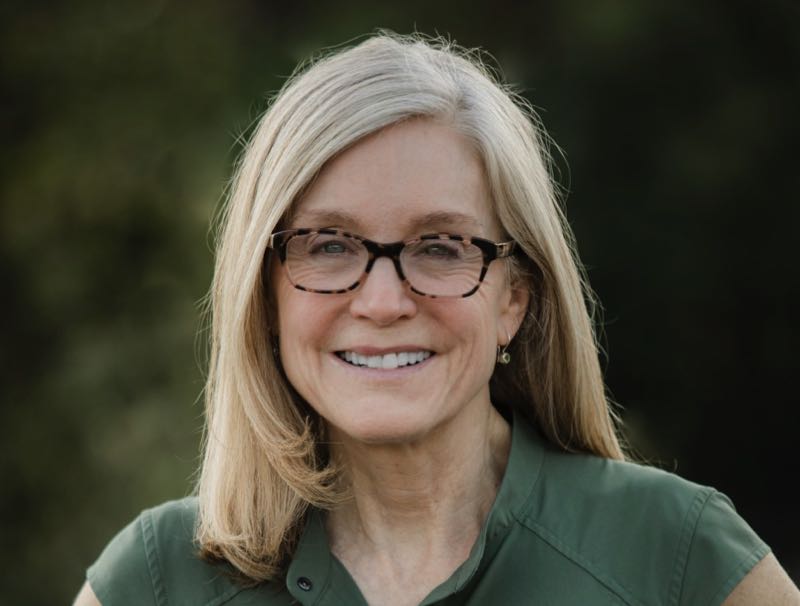
Candidate Photos courtesy of the Lake Oswego Review & Pamplin Media
City Council Candidate
Intro: Lake Oswego Sustainability Network reached out to our City Council Candidates and asked them three sustainability-related questions about: 1) their plans for sustainability action, 2) increasing affordable housing, and 3) embedding sustainability considerations into city projects.
What are your plans for sustainable action and what are you going to do to make it happen?
Lake Oswego has a Climate Action Plan, but it contains no quantitative actionable goals for Green House Gas (GHG) reduction. I would ask City Council to determine what out our GHG baseline right now is, and then set GHG reduction goals for 2030 and 2050 in the same way other Clackamas County and Oregon cities have done. (Milwaukie has done a lot of work on this and has GHG reduction of 35% by 2030 and 100% by 2050.) Lake Oswego needs to commit to actionable goals and then take action through 1) Electrifying and 2) Pursuing Green Infrastructure. We need to generate real palpable excitement in our community for a better future! Have you ever driven a zippy electric car that you pay almost nothing to maintain, and costs only $50 a month to fuel with 100% renewable energy from PGE? I have – my family has two! How about the abundance of comfort and energy an effective solar energy system can provide? No more freezing in the winter or baking in a hot house in the summer to avoid using fossil fuel energy which is expensive and hurts the environment. We just need to change how we do things and do them in a better way. And if you can’t put solar on your house — community solar is another great option! We should help people build to green standards. Lake Oswego loves trees, and we need to continue to protect and care for our Urban Forest. The most recent Lidar survey (2019) showed almost 50% canopy coverage, but unfortunately it measured down to the 10-foot level, which can make a hedge look like tree coverage. The city’s consulting engineer is in the process of moving the measurable level on the Lidar survey up to 20 feet, which helps us continue to study and care for our Urban Forest. We need to help people understand that the financial cost of any particular action is not the same as its environmental cost. There are so many things we can do – we need to spread the word about doing things in a better way.
Lake Oswego is moving forward in authorizing affordable housing on Boones Ferry Road in Lake Oswego. People who make 80% of the area median income would be eligible. For a family of four in 2021 that would be about $74,000 – about what a firefighter or teacher makes. Should Lake Oswego continue to find opportunities for more affordable housing? What are creative ideas you have or policies you might put forward to further help Lake Oswego’s affordable housing stock grow?
Lake Oswego must continue to look for opportunities for affordable housing. On the west end of Lake Oswego we are in the process of collaborating with Metro to turn the site acquired for staging the Boones Ferry Road Improvements into multi-Family affordable housing. Meanwhile, across Boones Ferry Road there are plans for another affordable housing project that will be in collaboration with Habitat for Humanity. Seeking partnerships is critical in finding innovative ways to meet our ongoing need for affordable housing. Looking at Clackamas County statistics it seems clear the most effective way to put in affordable housing stock is in multi-Family units. Also, we are now in the process of complying with HB 2001 (Middle Housing), a new state law that was intended to address the housing shortage in our state by allowing more than one unit on a lot zoned for one house. We need to find ways to make that legislation work in the best possible way by implementing it to address residents’ concerns about noise, lack of parking, traffic congestion and loss of trees as the law works to enable those extra units. Ideally, multi-Family will be located close to major transportation thoroughfares.
I’m also aware that pre-existing older homes in Lake Oswego generally sell at more affordable prices than new homes and are much easier on the trees. That means another approach to affordability is to incentivize developers to update and retain older homes where feasible. That approach lends itself not only to sustainability but to retaining the distinctive characters of our 24 neighborhoods as well as our city.
The City is currently in the design process for a new Wastewater Treatment plant and a Recreation Center. In both these cases, many sustainability opportunities were only explored late in the design process and at the request of citizens. What would you do to embed sustainability considerations in City projects from the very beginning including citizen input?
It would be great if we could have a sustainability impact review including an outreach to interested citizens at the beginning of the planning process for city projects. The review would identify the long-term circular economy opportunities up front. For instance, wastewater treatment plants can be incredibly energy intensive. We now know it is possible to get more than just clean water from sewage treatment. We can actually generate energy during the process along with valuable by-products like nutrients that can be re-used. The economic cost of the sewage treatment plant can then be offset by the value of the energy and the nutrients generated. It’s full circle thinking.
Note: some readers perceived this question as critical of the City leadership. This was not our intent. We have been pleased with the degree to which the City has collaborated with us on sustainability and made sustainability a focus in their operations. Our goal was to elicit ideas on how collaboration between the city and citizens could be structured. Our apologies for not making our intent clearer.
City Council Candidate Responses
Ali Afghan
Charles A. Bryan
Trudy Corrigan
Jeff Gudman
Katherine Lupton
John Wendland
